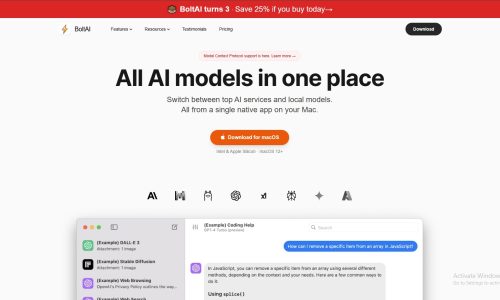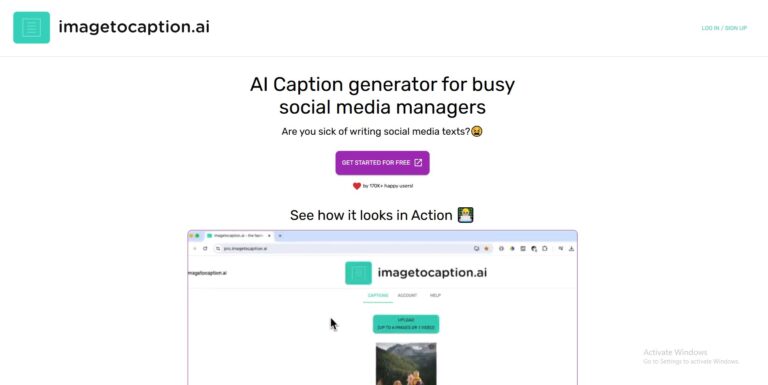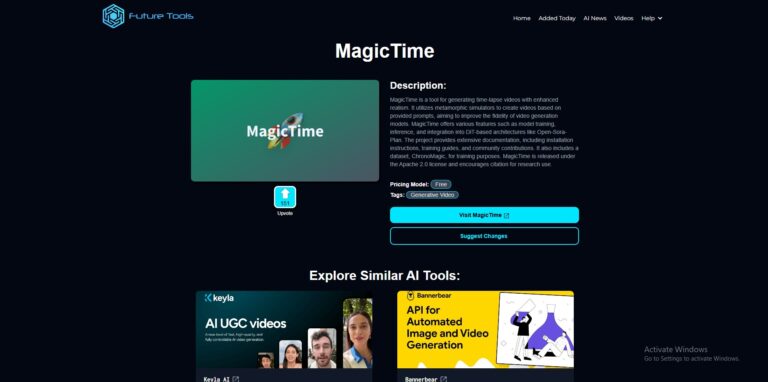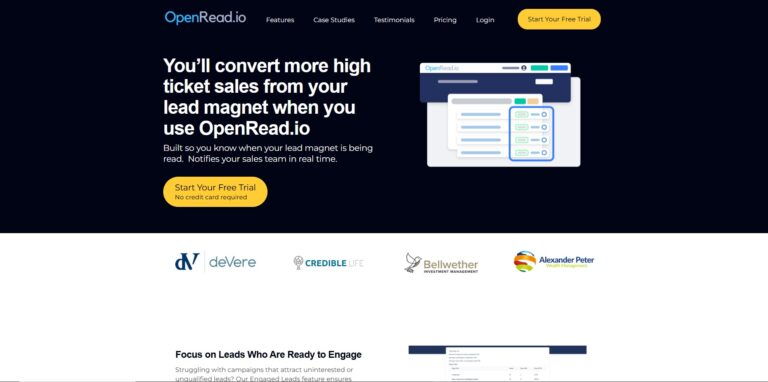New platforms continue to appear in the AI evolution which aim to deliver affordable and expedient AI solutions at an accessible level. It has acquired fast popularity among technology fans, developers and business entities because of its market expansion. It develops a quick and private, and budget-friendly AI solution that functions as an alternative to industry giants OpenAI and Google’s Gemini. The marketing reputation of this service reaches sky-high levels, but does it reach expectation standards? This paper examines Bolt AI together with its fundamental features, along with its benefits and limitations.
What is Bolt AI?
It functions as an AI platform delivering fast, intelligent answers by using large language models (LLMS) for its operations. Like Chatgpt, Claude and Gemini Bolt AI serve as chatbot assistants and productivity tools that create text responses, supply code-related assistance, and answer questions. Local model deployment stands as the main distinguishing feature of Bolt AI because it combines fast operations with economical service delivery.
It operates with open-source models spread across local deployments and its proprietary infrastructure enabling them to reject costly cloud provider API communications. The product’s architecture makes it possible for Bolt AI to provide reduced-cost or free services appealing to small businesses.
Key Features of Bolt AI
1.Speed and Efficiency
Bolt AI functions with minimal delays during its interactions. Bolt AI utilizes an optimized structure with optimal model selection capabilities which allows for fast response generation that exceeds real-time speeds compared to other systems.
2.Privacy-Focused Architecture
The main feature of Bolt AI consists of running its models locally since it avoids external processing or logging of user data as cloud-based LLMs tend to do. The system stores all user-sensitive information within the device itself providing users complete privacy control.
3.Customizable and Open Source-Friendly
Through open-source model support Bolt AI enables developers to customize the tool for customers seeking help in writing or programming as well as supporting their clients.
4.Offline Capabilities
It stands out because it operates offline for use in establishments with inconsistent internet or privacy regulations.
5.User-Friendly Interface
People with any level of expertise can access Bolt AI because its developers integrated ease of use into its structure despite its high tech components. The platform presents a user-friendly interface suitable for those who want professional help and non-professional users.
Advantages of Bolt AI
1. Cost-Effective Solution
The primary advantage of Bolt AI lies in its ability to decrease costs when accessing main cloud provider APIs. Startups along with independent developers can select Bolt AI because its features have minimal price structures or are provided at no cost.
2. Enhanced Privacy
It uses local model capabilities to help users process data locally which reduces growing data security concerns. The system enables users to execute the AI from their equipment directly thus keeping their sensitive files inside their protected space.
3. High Performance
The well-optimized infrastructure together with slim models enables Bolt AI to serve responses immediately which avoids the latency issues observed in cloud-based AI services.
4. Customizability
Through its support for multiple open-source LLMs which include Mistral, LLaMA and additional available models Bolt AI gives developers freedom to use or create customized models tailored for their particular requirements.
Disadvantages of Bolt AI
1. Limited Model Scope
The available open-source models at Bolt AI differ from cutting-edge commercial models such as GPT-4 and Gemini 1.5 in terms of functionality. Users may experience diminished creativity due to the use of open-source models instead of leading commercial models in select response situations.
2. Hardware Dependency
When models run from local computers their execution speeds depend on the user’s system specifications. The processing capabilities of lower-end hardware devices often prove inadequate while larger models are completely unsupported by such equipment.
3. Lack of Cloud Features
Cloud AI system integration capabilities exceed Bolt AI because it lacks the ability to interact with other online services apart from plugins and live internet access.
4. Smaller Community and Ecosystem
It maintains a new status because it fails to compete against the third-party tools ChatGPT and Claude currently enjoy with their significant time-established support frameworks.
Ideal Use Cases
i. Developers testing AI locally
ii. New firms requiring cost-free and inexpensive AI tool solutions
iii. Businesses with strict data security requirements
iv. The testing of free and open-source LLMs falls under the responsibility of educators together with researchers who utilize their skills.
v. Users in a low-connectivity environment.
Conclusion
The platform Bolt AI delivers its fundamental promises regarding fast functioning and private operations combined with affordable pricing. This platform fits users who need data autonomy or work with applications requiring self-contained code or offline functionalities. It proves attractive to niche users because of its key advantages even though it does not provide all the capabilities of extensive cloud AI solutions.
It serves as a strong customizable solution for developers and students together with professionals who need access to AI capabilities but have financial or privacy-related constraints with mainstream providers. Bolt AI stands to become a key player in the process of making artificial intelligence technologies accessible to an enlarged user base.




